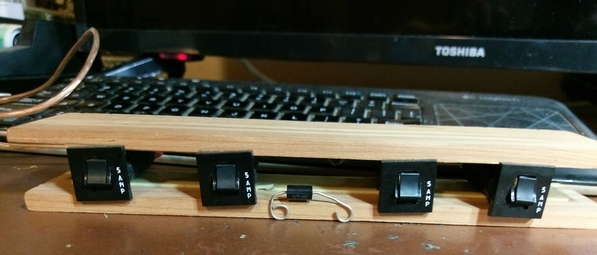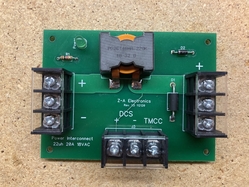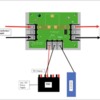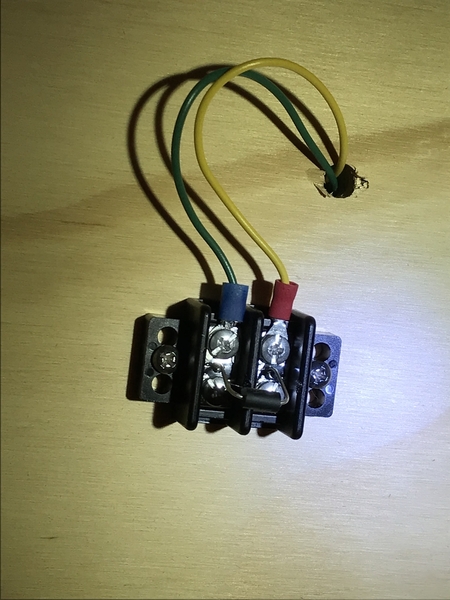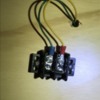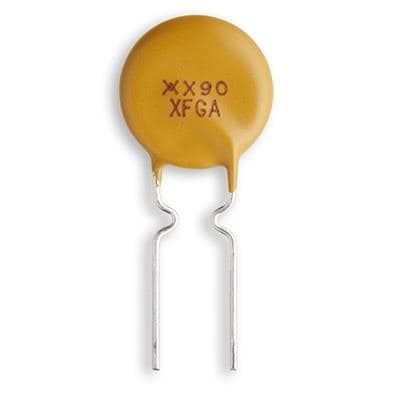As mentioned on another recent thread, I was able to install my new MTH DCS Remote Control Set, and get it to work, over the weekend, thanks to advice from Forum members, Mr. Broskowitz' book and the owner's manual.
It was hard work for me, and I felt triumphant and exhilarated when I finally was able to install it and get it to work. Then, something bad happened. I put a Proto 2 engine on the track, ran it a little bit, heard some noise, checked it out, and saw that the pilot wheels of the engine derailed and sparks were flying while the engine was on an 022 switch. I immediately lunged for the transformer and turned off the power. After I waited for a few minutes, I tried to run it again, and got nothing. I believe the reason for this is that the circuit boards in the steamer were fried.
The derailment occurred in the laundry room section of my layout while I was in the playroom section. I believe at least 5 seconds expired between the time I heard the noise from the derailment and the time I shut the power off from the transformer.
I don't believe the circuit breaker in the Z4000 was as responsive as it usually is to shut off power upon a derailment. It's my belief, and I might be wrong, that this lack of responsiveness was because there was a TIU between the transformer and the track.
Do you agree that the TIU might impact the responsiveness of the circuit breaker in the Z4000 transformer?
In addition to the DCS Remote Control Set, I simultaneously bought the DCS Explorer Wifi Track Interface Unit (Item # 50-1035).
With respect to this issue regarding the responsiveness of Z4000 circuit breakers, which do you think is better: the DCS Remote Control Set or the DCS Explorer Wifi Track Interface Unit? Arnold




